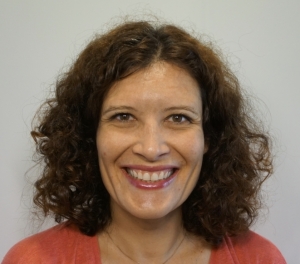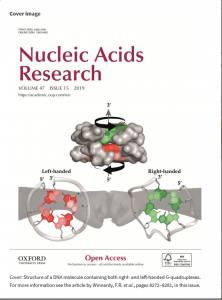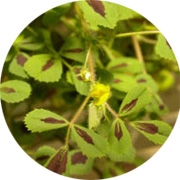
Céline Chantry-Darmon
Arrival date : 2016
Departure date : 31/12/2018
Status : Researcher
Roles :
Last completed degree : Ph. D. in Molecular Genetics
Professional experiences :
- Carine Satgé
- Development of this new approach.
CATCH My Interest : capture of large genomic regions of interest
Something went wrong when connecting to PubMed API.
Click here to access to the publication on PubMed website

CATCH My Interest : capture of large genomic regions of interest
The CATCHMI project aims at developing a new approach to capture specific genomic regions of interest.
Read more
Project coordinator:
CNRGV
Hélène BERGES
Project partners:
INRA - LIPM
Stéphane Munos
Nicolas Langlade
24 chemin de Borde Rouge
31326 Castanet Tolosan
Email : stephane.munos@inra.fr
LAAS - CNRS
Aurélien Bancaud
7, avenue du colonnel Roche
31077 Toulouse
Email : abancaud@laas.fr
Abstract:
Agricultural research must deal with major issues on various scales, in light of the changing climatic and demographic context, where energy resources are limited. In this context of a need for improvement and adaptation of plants, genomic exploration is one of the strategic approaches of choice. Indeed, genomics will allow to define the gene content, their organization, their biological function and their variability between the different varieties. This knowledge facilitate the identification of interesting plant genes, which can play a role in biotic or abiotic resistance, in yield or in the quality process. However, the exploration of plant genome can be challenging due to the complexity of plant genomes in terms of size, repetitive elements content and various levels of ploidy.
Linking a phenotype to a genomic region is crucial to better understand biological process. However, these approaches are still based on the study of the whole genome. Most research projects require a reliable sequence of the region of interest genetically characterized or to be able to explore these regions on a larger population of individuals.
To meet these expectations, the CATCHMI project aims at developing a new approach to capture specific genomic regions of interest. This innovative strategy is based on the CRISPR / Cas9 (Clustered Regularly Interspaced Short Palindromic Repeats) technology. Indeed, this technique used in vitro can be an effective means of targeting, excising and characterizing a specific region of a genome. This CRISPR-CATCH method was tested on a bacterial genome (Jiang et al., 2015). We'll develop this approach on large and complex plant genome regions in Sunflower.
CNRGV's responsible
CNRGV involvement
| Fund agency: This project is funding by the Plant2Pro Carnot Institute. This institute is dedicated to integrated R&D “from laboratory to field” in the area of agricultural crop production. http://www.instituts-carnot.eu/en/carnot-institute/plant2pro |
|
YouTube : https://youtu.be/PWy7SZl0MW8
μLAS technology for DNA isolation coupled to Cas9-assisted targeting for sequencing and assembly of a 30 kb region in plant genome
Something went wrong when connecting to PubMed API.
Click here to access to the publication on PubMed website
Whole-genome landscape of Medicago truncatula symbiotic genes
Something went wrong when connecting to PubMed API.
Click here to access to the publication on PubMed website
Something went wrong when connecting to PubMed API.
Click here to access to the publication on PubMed website
Something went wrong when connecting to PubMed API.
Click here to access to the publication on PubMed website
Something went wrong when connecting to PubMed API.
Click here to access to the publication on PubMed website
Something went wrong when connecting to PubMed API.
Click here to access to the publication on PubMed website
Something went wrong when connecting to PubMed API.
Click here to access to the publication on PubMed website
Something went wrong when connecting to PubMed API.
Click here to access to the publication on PubMed website
Something went wrong when connecting to PubMed API.
Click here to access to the publication on PubMed website
Something went wrong when connecting to PubMed API.
Click here to access to the publication on PubMed website
Something went wrong when connecting to PubMed API.
Click here to access to the publication on PubMed website
Something went wrong when connecting to PubMed API.
Click here to access to the publication on PubMed website
Something went wrong when connecting to PubMed API.
Click here to access to the publication on PubMed website
Something went wrong when connecting to PubMed API.
Click here to access to the publication on PubMed website



